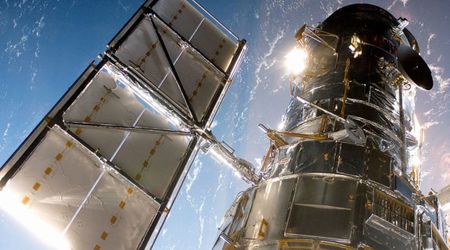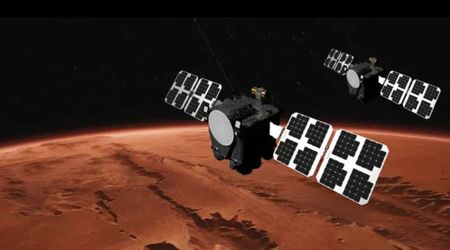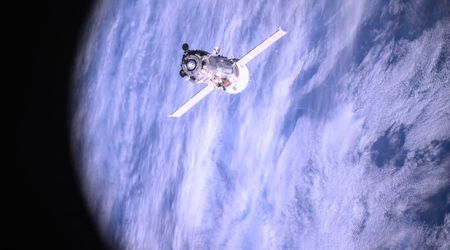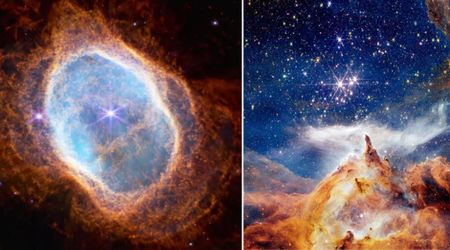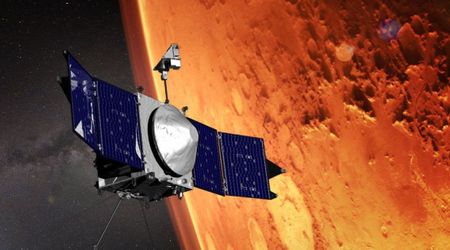NASA’s James Webb captures Neptune’s extraordinary auroras for the first time

The auroras on Earth are an incredible sight, and people often go to places in the Arctic in search of the experience of this wonder. Space enthusiasts often wonder what this dynamic display of natural light may look like on other planets, if it happens there. And now, they have an answer. NASA's James Webb Space Telescope observed the first-ever image of auroras on Neptune. The bright auroral activity was seen on the upper atmosphere of the planet, and experts were in awe of its details. Earlier flyby missions hinted at the possibility of auroras on Neptune, but this is conclusive evidence that the event is a reality.

Auroras result when the energetic particles originating from the Sun get trapped in a planet’s magnetic field and start striking the upper atmosphere. These collisions release energy that creates the signature array of lights. Despite NASA’s Voyager 2 flyby in 1989 and confirmed detections on Jupiter, Saturn, and Uranus, imaging and confirming the auroras on Neptune never occurred. “Turns out, actually imaging the auroral activity on Neptune was only possible with Webb’s near-infrared sensitivity,” said Henrik Melin of Northumbria University, who conducted the study about the auroras on Neptune.

“It was so stunning to not just see the auroras, but the detail and clarity of the signature really shocked me,” Melin added. Neptune was the last piece of the puzzle that evaded the detection of auroras on the giant planets of our solar system. The data was collected in June 2023 from Webb’s Near-Infrared Spectrograph. Along with the image of the planet, astronomers found a spectrum to lay out the composition and measure the temperature of the planet’s upper atmosphere. They observed an important and vivid emission line indicating the chances of auroras.

The presence of H3+, a molecule formed during auroras, amplified the vivid emission line. The signature glow of H3+ revealed itself as cyan-colored splotches in the Neptune images captured, as per Earth.com. “H3+ has a been a clear signifier on all the gas giants: Jupiter, Saturn, and Uranus, of auroral activity, and we expected to see the same on Neptune as we investigated the planet over the years with the best ground-based facilities available,” stated Heidi Hammel, the Webb interdisciplinary scientist at the Association of Universities for Research in Astronomy.

Only with a machine like the James Webb could astronomers finally confirm the molecular presence. Neptune’s auroral activity is evidently different from what is typically seen on Earth or even the other planets where it has been observed earlier. The aurora is not confined to the north and south poles of the planet but is situated at its geographic mid-latitudes. This can be compared to where South America is located on Earth. This is caused by the unique magnetic field of Neptune, which is tilted by 47 degrees from the planet’s rotation axis, as observed by Voyager 2 in 1989.

The data from Webb also showed that Neptune’s upper atmosphere had cooled down immensely since 1989. “I was astonished! Neptune’s upper atmosphere has cooled by several hundreds of degrees. In fact, the temperature in 2023 was just over half of that in 1989,” Melin commented. This explains why Neptune’s bright aurora lights escaped detection for decades as colder temperatures weakened the brightness of auroras.
